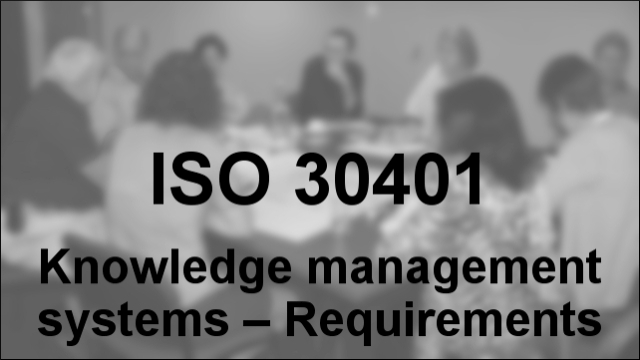
Developing intentional cultures isn’t easy
Originally posted on The Horizons Tracker.
Ever since Drucker proclaimed that “culture eats strategy for breakfast” in 2006, there has been an understandable emphasis on building the right culture within organizations. Research1 from the Rotman School highlights how difficult it is to actively mold such a culture, however.
The study originated out of a desire to understand how cultures form, and indeed whether it’s possible for managers to recreate cultures experienced elsewhere in a new environment.
“We realized that there really wasn’t a lot to explain what we were seeing,” the authors explain. “Without understanding how those cultures come to be, it’s hard to understand the consequences of culture and what we can do to change those cultures in order to adapt.”
Culture creation
They analyzed around 70 previous studies into culture creation and found that there was no real consensus on whether one can intentionally be created to underpin strategic goals.
Instead, many theorists argue that cultures are largely a response to whatever is happening externally. The researchers cite the pandemic as an example of a significant event that changed the values, priorities, and work patterns of employees.
Other scholars believe that cultures emerge around the values and personality of leaders, while others believe that the past experience of the leader underpins their attempt to replicate what they already know (and believe will work).
The authors believe that none of these is likely to explain culture change on their own, but each have something useful to add to the conversation. They conclude with a four-step approach to culture change that integrates aspects from each of the three approaches:
- Identify and assess environmental changes that may significantly affect them, whether as risks or even opportunities
- Evaluate how well-suited their current cultures are to handling those changes
- Look for alternatives if they need them, based on evidence demonstrating that the alternative is likely to solve the environmentally-generated problems
- Create or implement an alternative culture that responds to the environmental changes.
Suffice to say, culture is an ever-changing sphere so this should be regarded as an ongoing process that should involve people from across the organization.
“The employees are additional resources to keep watch for what changes are happening,” the authors conclude. “And a leader can’t create a culture without their cooperation. That collaboration is necessary for defining and developing the appropriate culture.”
Article source: Developing Intentional Cultures Isn’t Easy.
Header image source: Dreamstime.
Reference:
- Kim, Y. J., Toh, S. M., & Baik, S. (2022). Culture creation and change: making sense of the past to inform future research agendas. Journal of Management, 01492063221081031. ↩






Editor, the statement that “The organization shall demonstrate that organizational culture has been addressed as a means to support the knowledge management system” seems backwards to me. It is the knowledge management system that needs to support the business culture. Study after study shows that employee engagement is what elevates an organization to optimal efficiency, effectiveness, and performance. The business culture is dependent upon employee engagement. This means being aligned with goals and objectives of the organization, and feeling as though the each employee’s contribution have meaning and important to the organization and its goals and objectives. This in turn is directly related to employees gaining education (personal growth), and the opportunity to apply what they have learned (skills development), and receiving recognition for those efforts. In large measure, since most KM programs melt away because they are not codified with technical systems that keep the process going, organizations are constantly falling short of the business culture challenge.
The problem is that most KM practitioners, based on my experience, are not technically aware. For this reason, most are more than happy to pass off KM systems requirements to the technical departments which in most cases have little understanding of the KM challenge. From my point of view, it is time for new thinking in the KM field about where we stand on technology. New concept-driven and NLU Conversational AI technologies are emerging. The time for the shift is now. Thanks for the article.